Boletus badius: a delicious mushroom with excellent properties
2 years ago · Updated 6 months ago
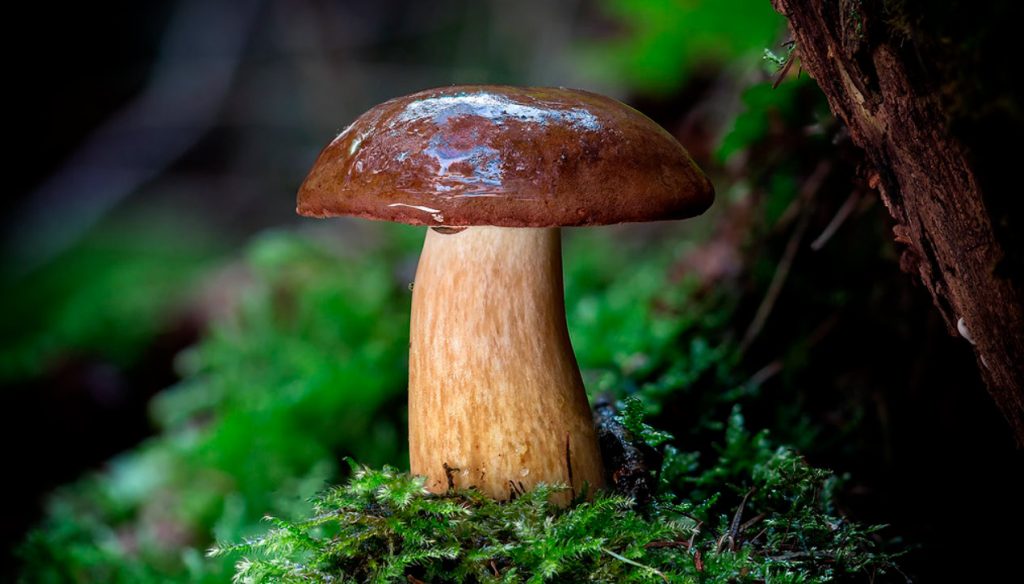
In the magical kingdom of mushrooms, one stands out for its uniqueness: the Boletus badius, also known as the brown cap bolete. This member of the Basidiomycota, specifically of the order Boletales and the family Boletaceae, has a number of fascinating characteristics that are worth exploring in detail.
We will delve into the exciting world of Boletus badius, from its physical characteristics to its nutritional properties and its impact on gastronomy.
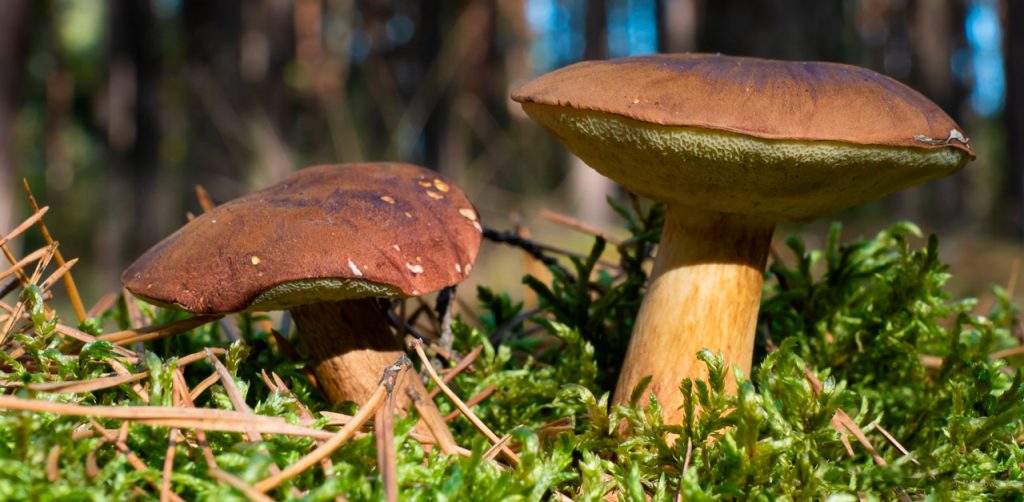
Xerocomus badius, brown mushroom. An overview of its appearance
Deep in the forest, a treasure of nature waits to be discovered: the Boletus badius, also known as the bay bolete. This mushroom, a member of the Boletaceae family and belonging to the Boletales order, holds secrets and characteristics that make it fascinating for both mycology enthusiasts and lovers of good food.
Common names for Boletus badius or bolet bai
This mushroom has different popular names in different Spanish-speaking regions: bolet bai, onddo arre, onddo aurra (in Basque), sigró bai (in Catalan), andoa escura (in Galician) and covall bai (in Valencian). These names not only enrich its identity, they also reflect the close relationship that communities have with this particular mushroom.
Gastronomic value of Xerocomus badius
Boletus badius or Xerocomus badius is not just another member of the forest; it is also a culinary delight that has earned its place on gourmet tables. Its classification as “good edible” places it in a category of high gastronomic value, as it is a prized ingredient in the most exquisite dishes.
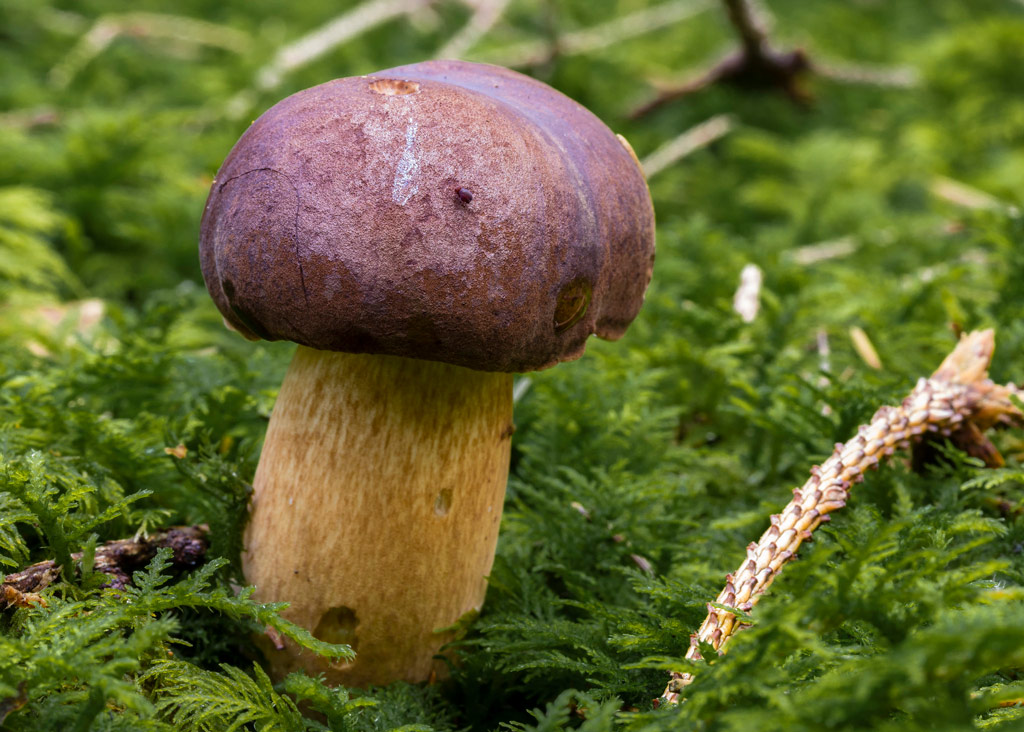
Characteristics of Boletus badius
- Cap: With a diameter ranging from 7 to 15 cm, the cap of Boletus badius varies in shape from hemispherical to flat-convex. Its texture is velvety in dry conditions and slightly slimy when moist.
- Cuticle and pores: The cuticle is dry, non-slimy and pubescent, ranging in color from brown to bay, chestnut, leather and suede. The pores are small and angular, initially creamy white in color, turning bright yellow and olive, and may even turn blue when pressed.
- Tubes and gills: The tubes of Boletus badius are long and yellowish, turning bluish-green on contact with the air. The gills are adherent and vary in color from whitish to yellow, and may turn blue when rubbed.
- Stem: The stem of the mushroom can be up to 12 cm high and 4 cm wide. It is lighter in color than the cap and has brown longitudinal fibers. It is thin, cylindrical, and never swollen, with longitudinal brown-yellow stripes.
- Flesh and aroma: The flesh of Boletus badius is firm and white or yellow in color. It may turn blue when cut, especially in humid conditions. It has a fruity smell and a mild, delicate flavor.
Key characteristics for identification
- Yellowish pores that turn blue when pressed.
- Markedly fragile structure.
- Flesh turns bluish when cut.
Confusion with other mushrooms
- Boletus edulis and Pinicola: Unlike Boletus badius, these species do not turn blue and have a thicker stem.
- Xerocomus subtomentosus: This mushroom has larger pores that do not turn blue.
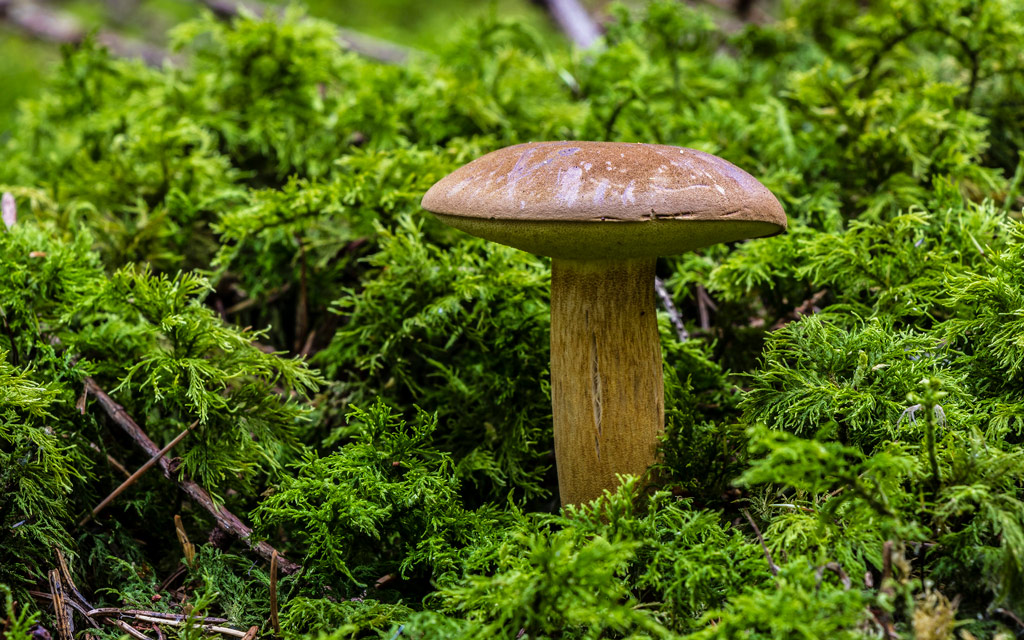
Habitat and season of Boletus bayo
Boletus badius prefers to grow in coniferous forest soils, particularly those dominated by Scots pine. Although its preferred habitat is coniferous forests, it can also be found in deciduous forests and, curiously, on decaying tree trunks, where it finds the right conditions for growth.
As for its season, Boletus badius appears in the last days of summer and continues into fall. It can even withstand the first frosts, making it a viable option for mushroom pickers during several seasons of the year.
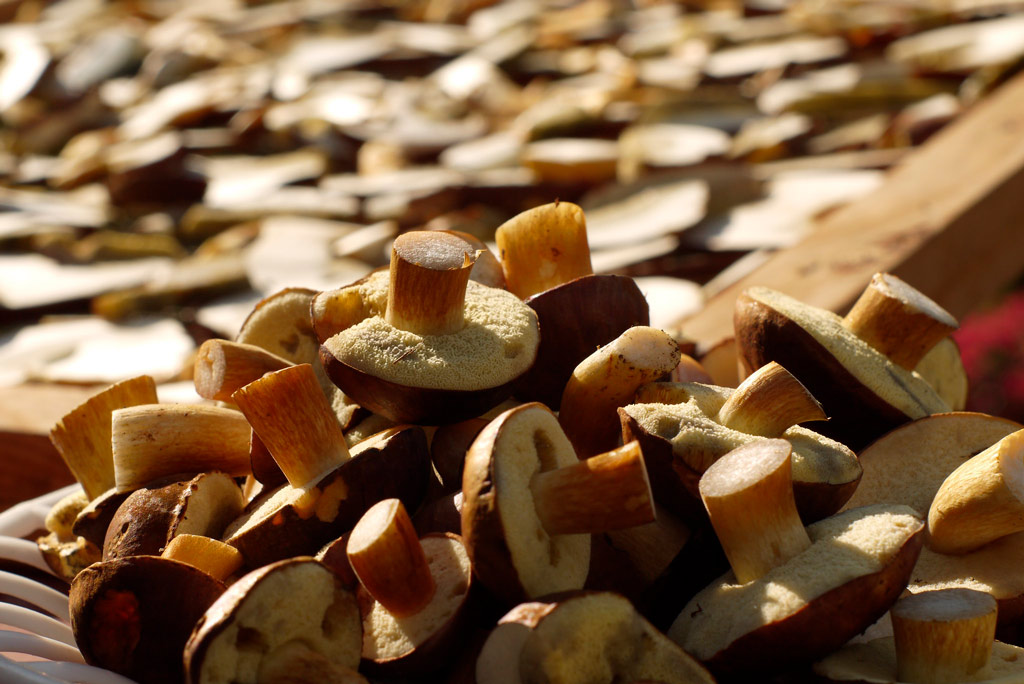
Boletus badius in the kitchen
Although it does not achieve the culinary excellence of the Boletus genus, Boletus badius is the king in its own domain, the Xerocomus genus. Its versatility in the kitchen is a pleasant surprise, as it can be enjoyed both raw and in cooked dishes. From fried to grilled, sautéed and breaded, this mushroom offers a wide range of possibilities. Although its tough stem should be discarded, its cap is the star of every dish.
Nutritional properties of the negrito mushroom
Although its flesh takes on an enigmatic blue color when cut, the Boletus badius holds valuable nutritional secrets. This mushroom is a reservoir of B vitamins, including B1, B2, and B6. In addition, its antioxidant content is impressive, containing polyphenols, flavonoids, vitamin C, vitamin E, B-carotenes, and tocopherols.
Not only is it a delicious food, but Boletus badius has also been found to contain theanine, an amino acid normally associated with tea. This component has relaxing properties, reduces blood pressure, and stimulates brain and metabolic activity.
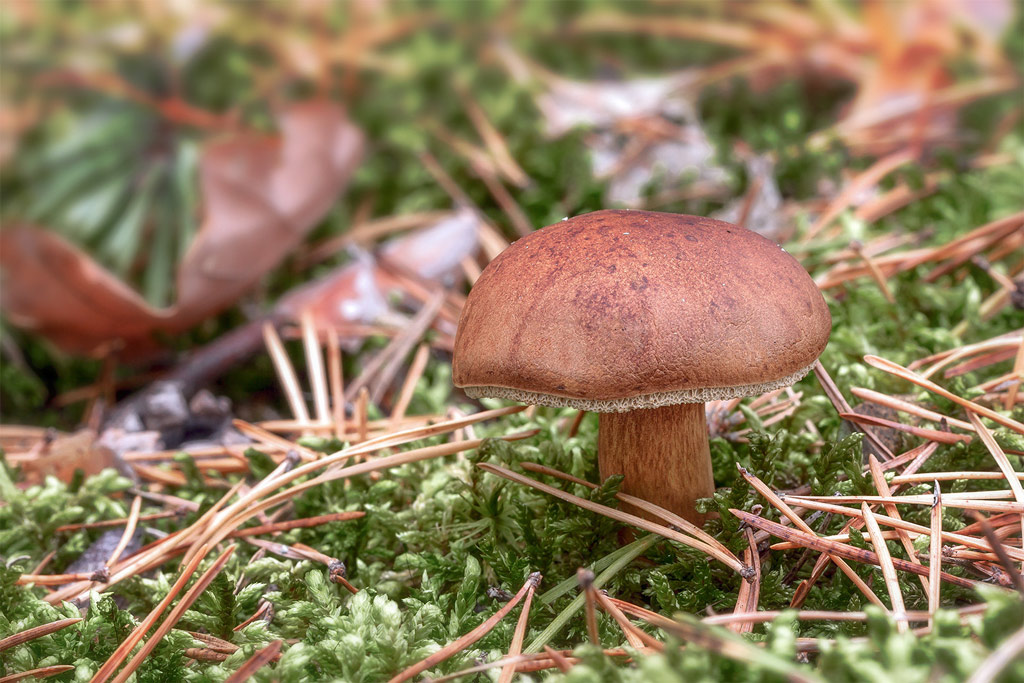
Recipes with Boletus badius
Boletus badius, also known as bolet bai, are a true culinary gem. Their delicate flavor and unique properties make them a delicious option in the kitchen. Here are three recipes that will allow you to enjoy this wonder of nature to the fullest:
Grilled Boletus badius with aromatic herbs
- Clean and cut the caps of the Boletus badius into thick slices.
- Heat a frying pan over medium-high heat and add a little olive oil.
- Place the boletus slices in the hot pan and cook for about 3-4 minutes on each side, until golden brown.
- Add salt, pepper, and a mixture of fresh herbs such as thyme, rosemary, and parsley.
- Serve the grilled boletus mushrooms as a side dish or as a base for other dishes. Their flavor goes wonderfully with aromatic herbs.
Risotto with Boletus badius and Parmesan cheese
- Prepare a classic risotto with Arborio or Carnaroli rice.
- In a separate pan, sauté the cleaned and chopped porcini mushrooms. You can add a little chopped garlic to enhance the flavor.
- Add the sautéed mushrooms to the risotto and mix well.
- Add a generous amount of grated Parmesan cheese and stir until it melts and creates a creamy texture.
- Serve the risotto in individual bowls and sprinkle a little more grated Parmesan cheese on top. A comforting and flavorful dish!
Fresh Boletus badius and asparagus salad
- Steam the asparagus until tender but still crisp. Then cut into pieces.
- In a frying pan, sauté the Boletus badius mushrooms with a little butter until golden brown and tender.
- Prepare a light vinaigrette by mixing olive oil, balsamic vinegar, Dijon mustard, salt, and pepper.
- Combine the asparagus, mushrooms, and vinaigrette in a large salad bowl and toss gently.
- Serve the salad on individual plates and add crumbled goat cheese and chopped walnuts for an extra touch of flavor and texture.
The Boletus badius is a multifaceted culinary treasure. Its unique appearance, versatility in the kitchen, and surprising nutritional benefits make it an intriguing choice for foodies and nature lovers alike. Whether you enjoy it in a sophisticated dish or a simple preparation, this mushroom invites you to explore and savor its secrets.
See you soon in the woods!

Te pueden interesar